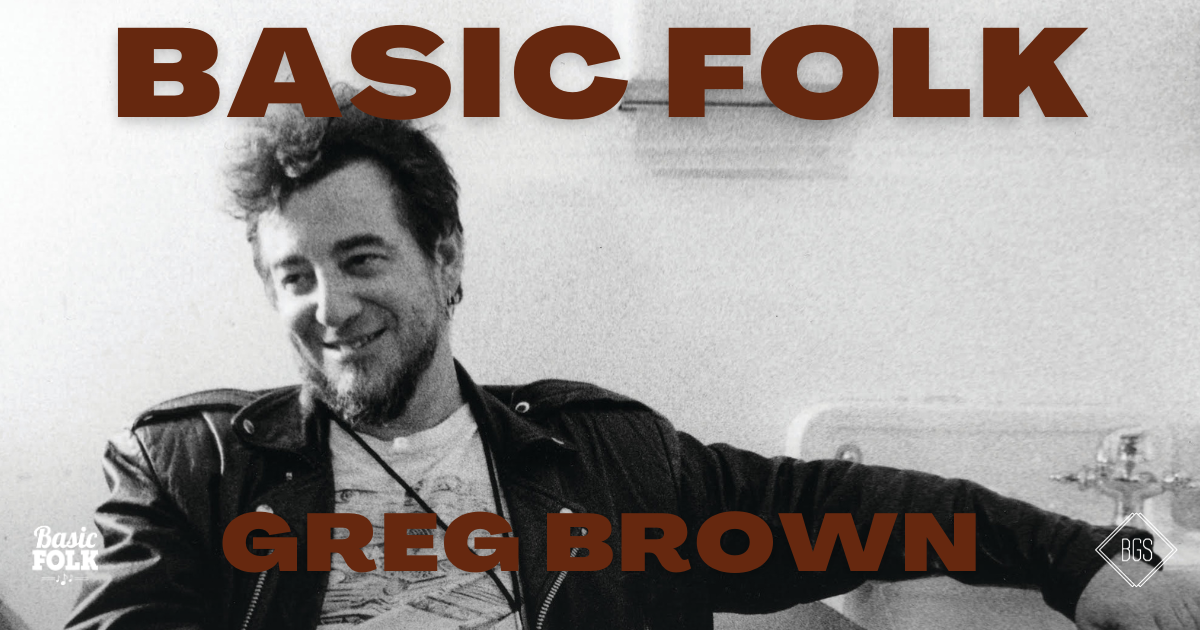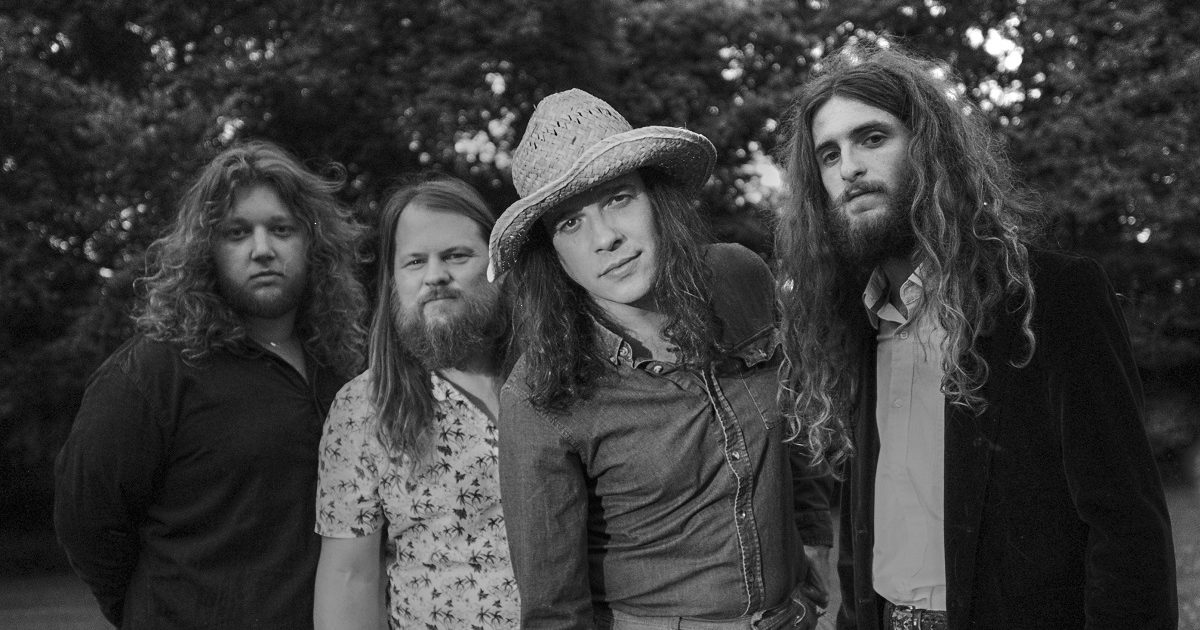Iowa folk music icon Greg Brown is living that retired life. After playing his farewell retirement concert in 2023, he’s returned with a new book: Ring Around The Moon: A Songbook, which highlights a song selection personally picked by the songwriter himself, as well as family photos, personal anecdotes and self-penned drawings. The book features a foreword by Seth Avett (The Avett Brothers) who calls Brown’s songs “plain spoken expression of the nearly inexpressible.” In our conversation, we touch on topics like inner peace, happiness, personal growth and self-acceptance.
LISTEN: APPLE • SPOTIFY • AMAZON • MP3
He speaks of how art has impacted him in ways the artist will never understand. He talks about what it’s like to be on both the receiving and sending end of this exchange. It especially impacted him when he learned the poet Allen Ginsberg listened to an album of his while he was dying. I asked him about his music archives, which he calls “a bunch of old notebooks on a shelf” and “a couple boxes of old photos,” which assisted him in recalling family connections for the songbook. Going through the photos and old songs instilled a sense of music nostalgia, including collaboration with Iowa musicians at the Wednesday Night Jam at The Mill. Music nostalgia surfaces several times through the pages like his incredible story of founding the successful and beloved Red House Records.
There’s also discussion on a few choice Greg Brown songs like “If You Don’t Get it at Home,” addressing replacing love for materialism and drug use. We talk about “Brand New ’64 Dodge,” chronicling Brown’s personal experience with JFK’s assassination in 1963 and “Two Little Feet,” written in Alaska where he was inspired by Native American myths he heard and felt in the area. Greg Brown’s songbook was an awesome trip down memory lane for some of the best folk songs ever written from one very serious, yet very silly songwriter. It was an honor to dig in with one of the best to do it!
Photo Credit: Mei-Ling Shaw



